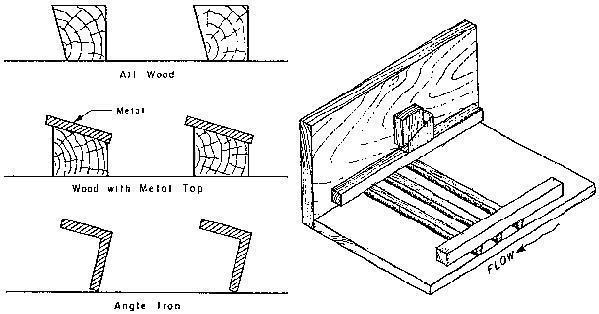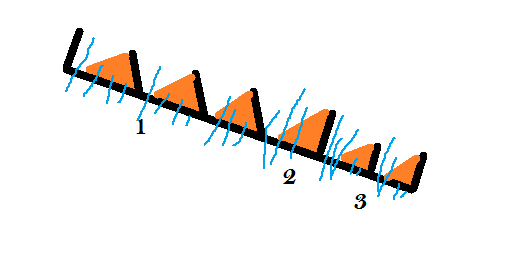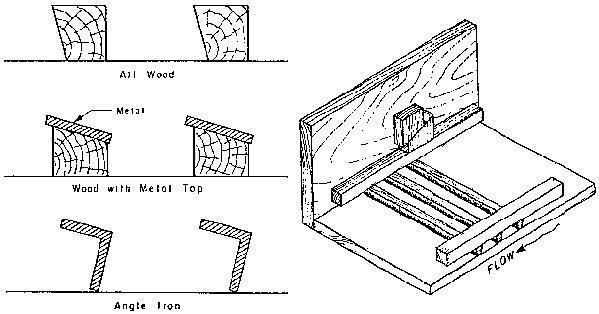BrisJoe
Joe
I was thinking of what motor to use to power the bellows.
A couple of options include
Windscreen washer motor, 12v trolling motor off a tinny, electric gate motor.
All can be fitted with a variable speed controller to get the best motion going.
What do you guys think will give the least current draw on say a deep cycle battery? While also being budget conscious.
A couple of options include
Windscreen washer motor, 12v trolling motor off a tinny, electric gate motor.
All can be fitted with a variable speed controller to get the best motion going.
What do you guys think will give the least current draw on say a deep cycle battery? While also being budget conscious.







